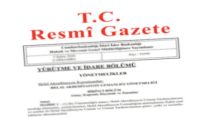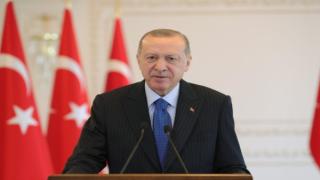The supply bottleneck continues to be effective, increasing inflationary pressures. The PPI, announced this morning in China, rose to 9% in May from 6.8% in April. We see that rising commodity costs have pushed producer prices in China to the highest level since 2008. Against the rise of commodity prices; Although China has taken some steps to make price controls, expand the supply of raw materials and end speculation, it seems that targeted actions have not yet removed the price pressures. Retailers, on the other hand, have not yet increased their prices sufficiently in the name of stagnant domestic demand conditions and competitiveness; CPI remains relatively low. May CPI came in at 1.3% against the 1.6% expectation.
Since producer inflation could become more moderate in the later parts of the year after increasing for a while, it is currently seen as the baseline scenario; The PBOC is not expected to raise interest rates rapidly. Liquidity in the banking system is currently tightly balanced. Credit growth could gradually be pulled down without a sharp or sudden tightening in the coming months.
While the commodity rally and strong import demand (exports for China, imports for the world) fueled inflationary pressures; Huge stimulus packages of governments can also be one of the leading factors that increase inflation. The main issue right now is, is the increase in inflation permanent or temporary? This is the question that needs to be answered in order to clarify the tapering predictions for the Fed. Tomorrow, the US inflation in May will be announced and the increase in consumer prices is expected to continue even though the rate of increase loses some momentum. Expectations that the Fed may pay more attention may also be more valid if high price pressures continue to be felt as part of a robust upward trend in inflation. As the amount of reverse repo used by the Fed continues to increase, liquidity will be withdrawn from the market with a “soft transition”. The fact that the uneven economic recovery and employment growth still has some problematic details may have bought some time for the Fed. However, the Fed will not be able to escape from the reality of inflation and will try to balance the financial conditions. With the transition to the tapering phase in the following months, market rates will increase slightly, and the degree of movement will be determined by "how much this story is internalized".
Kaynak Tera Yatırım
Hibya Haber Ajansı









